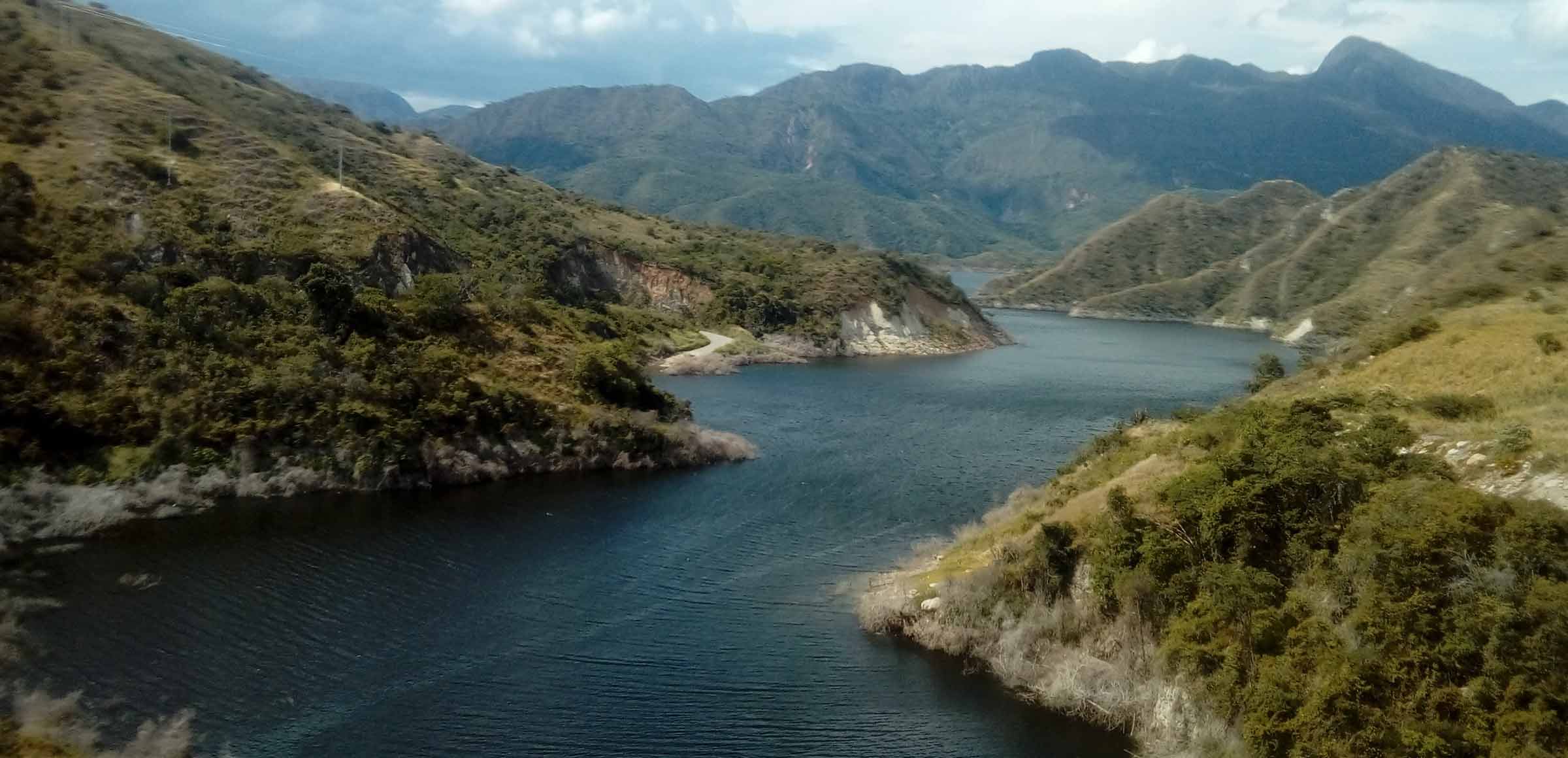Magdalena River

The Magdalena River, winding its way through the heart of Colombia, is more than a waterway; it is a living testament to the rich cultural tapestry that defines the nation. The Magdalena River flows from the Andes Mountains to the Caribbean, covering about a thousand miles and ranking as the sixth-largest river basin in South America. For centuries, this majestic river has been a source of life, inspiration, and cultural expression for the diverse communities along its banks. In this exploration, we delve into why the Magdalena River is culturally important, unraveling the historical narratives, indigenous traditions, and the vibrant heritage that flows within its currents.
1. Historical Narratives: Chronicles Along the Riverbanks
The Magdalena River serves as a natural chronicle of Colombia’s history. Its waters have witnessed the rise and fall of civilizations, the arrival of Spanish conquistadors, and the emergence of independent nations. The riverbanks are dotted with remnants of the past, from colonial-era towns to archaeological sites, each narrating a chapter in the unfolding story of Colombia.
2. Indigenous Traditions: Connection to Ancestral Roots
The indigenous communities along the Magdalena River, such as the Muisca and Tayrona, have maintained a deep connection to their ancestral roots. The river is not merely a geographical feature but a spiritual entity, embodying cultural practices, rituals, and beliefs that have been passed down through generations. The Magdalena is a living link between the past and present for these communities.
3. River Communities: Life Along the Water’s Edge
The river communities that have thrived along the Magdalena’s course contribute significantly to its cultural importance. From vibrant marketplaces to riverside festivals, life along the water’s edge is infused with a unique energy. These communities, such as Mompox and Barrancabermeja, are guardians of traditions, crafts, and folklore that add to the cultural diversity of Colombia.
4. Cultural Diversity: Fusion of Influences
The Magdalena River, as a central artery of Colombia, has facilitated the fusion of cultural influences from various regions. The diversity of languages, music, dance, and culinary traditions along its course reflects the amalgamation of indigenous, African, and European elements. The river serves as a cultural melting pot where different expressions converge and contribute to Colombia’s rich identity.
5. Artistic Expressions: Muse of Creativity
The natural beauty and historical significance of the Magdalena River have inspired countless artistic expressions. From literature and music to visual arts, the river has been a muse for Colombian artists seeking to capture its essence. The works of poets, musicians, and painters resonate with the cultural importance of the Magdalena, celebrating its beauty and symbolic value.
6. Symbolism: The River as a Cultural Symbol
The Magdalena River transcends its physical presence to become a powerful cultural symbol in Colombia. It symbolizes continuity, resilience, and the enduring spirit of the Colombian people. Artists, writers, and cultural enthusiasts often draw upon the river’s symbolism to convey messages of identity, unity, and the ongoing journey of the nation.
7. Cultural Festivals: Celebrating River Heritage
Throughout the year, cultural festivals along the Magdalena bring communities together in celebration of their shared heritage. Festivals like the Barranquilla Carnival and the Mompox Holy Week showcase a dynamic blend of music, dance, and traditional ceremonies. These events not only preserve cultural practices but also invite outsiders to experience the vibrancy of river culture.
8. Environmental Stewardship: Cultural Responsibility
The cultural importance of the Magdalena extends to environmental stewardship. Indigenous communities and environmental activists view the river not just as a source of cultural identity but also as a responsibility to protect. Efforts to preserve the river’s ecosystems and promote sustainable practices are rooted in the cultural ethos of safeguarding the natural heritage.
Conclusion: The Flowing Heritage of Colombia
The cultural importance of the Magdalena River is a dynamic and ever-flowing force that shapes the identity of Colombia. From historical narratives and indigenous traditions to artistic expressions and environmental stewardship, the river weaves a tapestry of cultural richness. As we navigate its currents, we immerse ourselves in a living heritage that connects us to the spirit of the Magdalena and the heart of Colombia.
Know More about Magdalena River.
What are The Religious Places of Magdalena River?
When Did The Magdalena River Basin Become a Focus?
Where is The Magdalena River Located?
Who Were The Key Historical Figures and Civilizations of The Magdalena River?
How to Reach Magdalena River?




